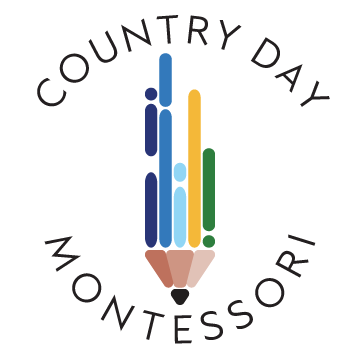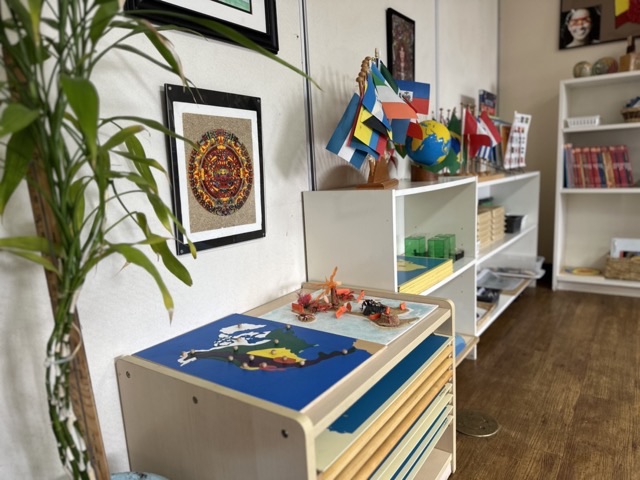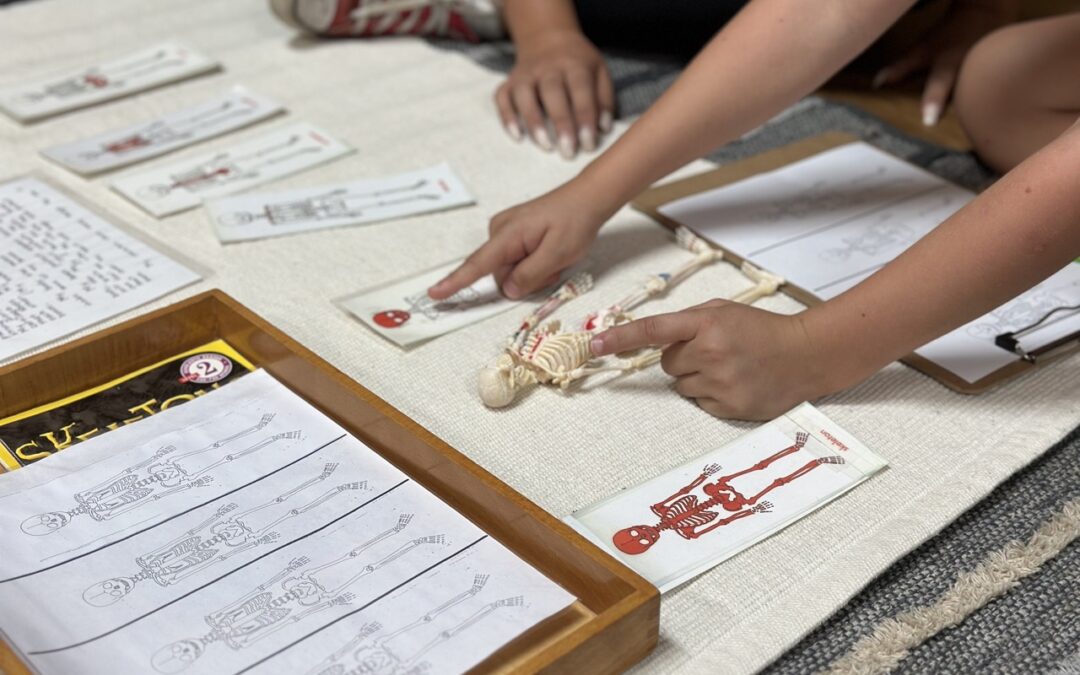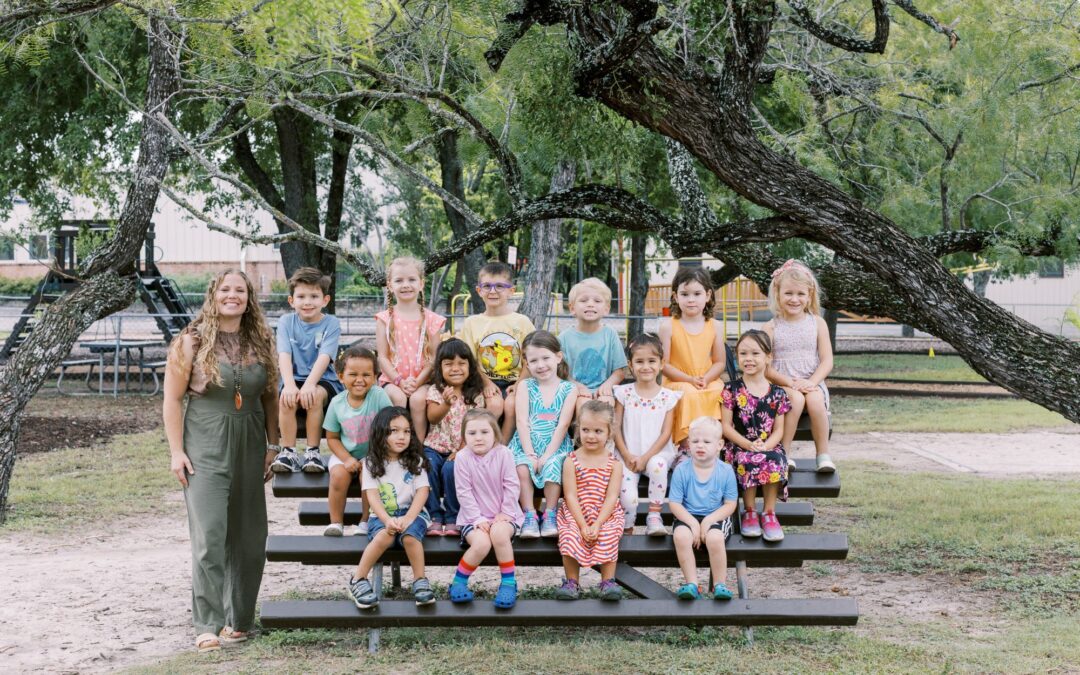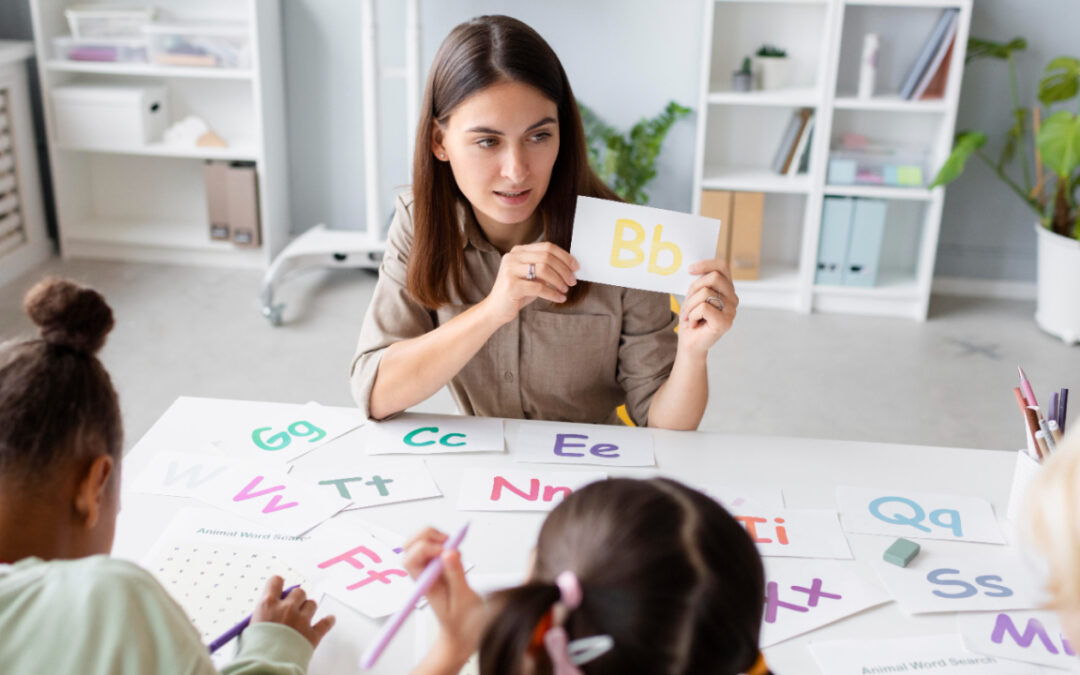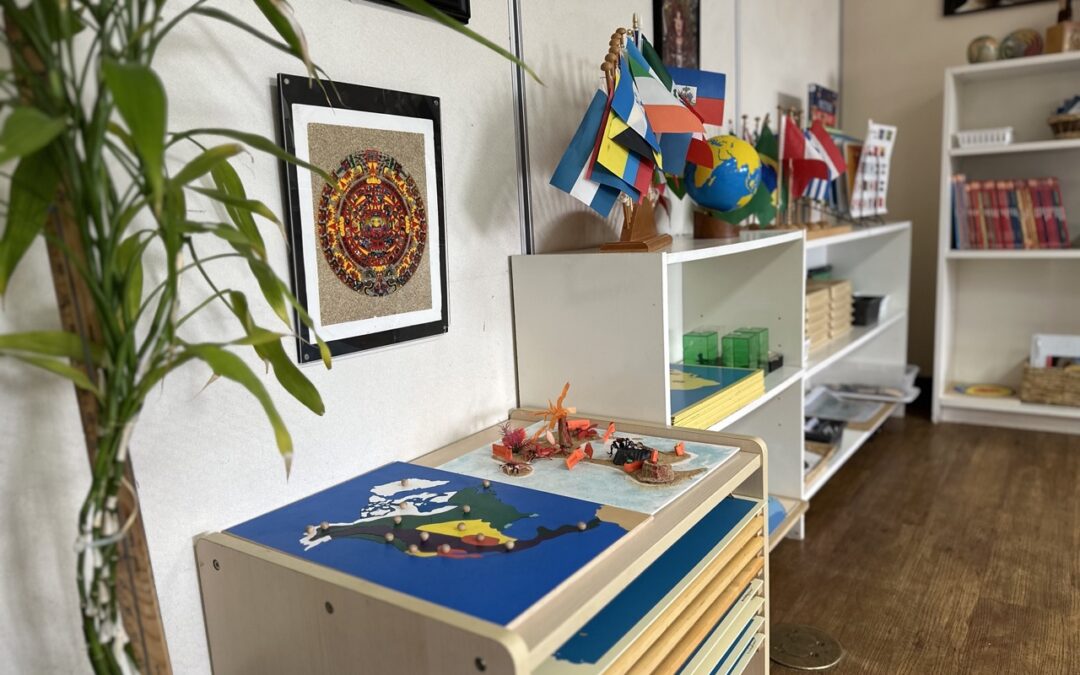What sets Montessori education apart from traditional schooling? At Country Day Montessori in San Antonio, we follow Maria Montessori’s proven methods to foster independent learning and critical thinking.
This article explores the unique aspects of Montessori classrooms, teaching techniques, and curriculum. Learn why Montessori education might be the right choice for your child’s development and future.
What Makes Montessori Education Unique?
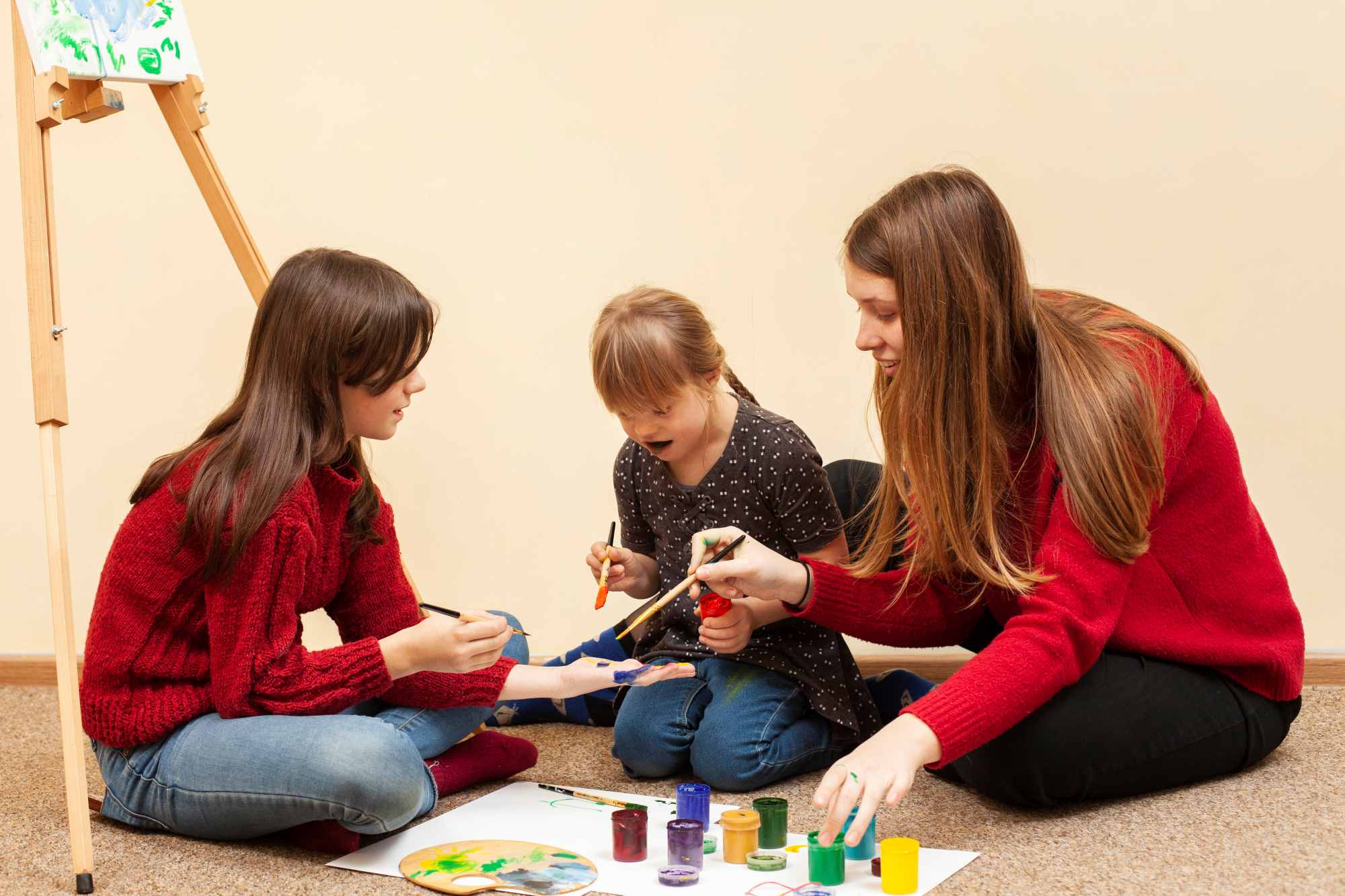
Montessori education has a unique approach to learning compared to traditional school. Montessori is built to build and protect a child’s natural urge to educate themselves. The following concepts guide how Montessori schools encourage this curiosity. These principles are the main reason why many families choose Montessori education for their children.
1. Respect for the Child’s Unique Potential and Learning Pace
Respect for the child forms the foundation of Montessori education. This principle recognizes each child’s innate potential and unique learning pace. A Montessori teacher’s job is to create environments that foster independence and self-directed learning, allowing children to develop skills in mathematics, science, and language at their own rhythm.
In Montessori classrooms, respect manifests through thoughtfully prepared spaces and carefully selected materials. With the right space and materials, children can help themselves to projects and follow their own interests in a controlled environment. From kindergarten through elementary, this approach nurtures a love for learning across subjects, including dual language programs, fostering well-rounded development.
Key aspects of respect for the child in Montessori education include:
- Child-sized furniture and materials
- Freedom of movement and choice
- Mixed-age classrooms
- Individualized learning plans
The Absorbent Mind
The Absorbent Mind, a key principle in Montessori philosophy, recognizes children’s unique capacity to absorb knowledge from their environment. This concept, central to early childhood education, emphasizes the importance of a rich, stimulating preschool setting. Classrooms are designed to nurture this natural learning ability through hands-on experiences in art, language, and various subjects.
Montessori educators use the Absorbent Mind principle by providing carefully curated materials and activities. This approach allows children to develop essential skills and knowledge organically. The school’s curriculum incorporates elements that support language acquisition, artistic expression, and cognitive development, aligning with the child’s natural learning phases:
- Sensory exploration materials
- Language-rich environments
- Art materials for creative expression
- Practical life activities
- Cultural and science experiences
Sensitive Periods
Sensitive Periods, a concept integral to Montessori education, describe specific phases when children demonstrate heightened interest and capacity for learning particular skills or knowledge. Understanding these periods allows educators to tailor activities and materials to match children’s developmental readiness, fostering critical thinking and efficient learning.
Our school’s curriculum aligns with these Sensitive Periods, offering age-appropriate challenges that support various learning styles. This approach enables children to acquire knowledge naturally and build a strong foundation for future academic success, emphasizing the importance of timing in educational experiences.
What is a Montessori Classroom Like?
Montessori classrooms are designed to foster experiential learning and social skills development. The prepared environment and freedom of movement are key features, that align with American Montessori Society guidelines. These spaces support physical education and middle school students’ needs, creating a unique learning atmosphere.
The Prepared Environment
The prepared environment classrooms embody the philosophy of education that prioritizes personalized learning. This carefully designed learning environment supports children’s natural curiosity and independence, allowing them to explore subjects like geography at their own pace. Teachers arrange materials on low shelves, making them easily accessible to students and encouraging self-directed learning.
Montessori classrooms foster creativity through a blend of structure and freedom. The environment includes designated areas for different subjects, promoting focused work while allowing children to move freely and choose their activities. This approach supports individual learning styles and interests, creating a dynamic space where students can develop their skills across various disciplines:
- Practical life area for developing independence
- Sensorial materials for refining senses
- Math section with manipulatives
- Language corner with reading and writing materials
- Cultural studies area featuring geography and science resources
Freedom to Move and Choose
Freedom to move and choose empowers students to develop leadership skills and emotional intelligence. Children select activities that interest them, fostering self-directed learning and building confidence in their decision-making abilities. This approach nurtures a sense of responsibility and independence, crucial for developing well-rounded individuals.
The classroom community benefits from this freedom as students learn to respect others’ workspaces and collaborate effectively. By allowing natural movement, the Montessori method supports physical and cognitive development, enhancing vocabulary acquisition and overall intelligence. This environment encourages children to engage with diverse materials and peers, promoting a rich, interactive learning experience.
Montessori classrooms are characterized by several distinct features that enhance the learning experience:
| Feature | Description |
|---|---|
| Designated Learning Areas | Classrooms have specific areas for subjects like practical life, sensorial activities, math, language, and cultural studies. |
| Natural Materials | Furnishings made from natural materials create a connection to nature and boost students’ well-being. |
| Accessibility | Materials are stored on low shelves, making them easy for children to reach and encouraging independence. |
| Flexibility | The classroom layout can adapt to meet students’ changing needs and interests. |
How Do Montessori Teachers Teach?
Montessori teachers employ unique methods to facilitate learning. Their approach includes auto-education, mixed-age classrooms, hands-on learning, and individualized instruction. These techniques support children’s natural development, fostering empathy and positive behavior. The Montessori method, which shares some similarities with the Reggio Emilia approach, adapts to various learning needs, including those in special education.
Auto-Education
Auto-education forms the cornerstone of Montessori teaching. Teachers create environments encouraging children to engage in self-directed learning experiences, from reading to music exploration. This approach allows students to absorb information naturally, developing skills at their own pace.
Montessori educators act as guides, observing each child’s progress and adjusting the learning environment accordingly. They provide carefully curated materials that promote hands-on exploration and support cognitive development through diverse experiences. This method enhances the childcare experience, fostering independence and a love for learning.
Mixed-Age Classrooms
Mixed-age classrooms foster a unique learning environment where older students mentor younger ones, enhancing problem-solving skills and attention spans. This structure allows children to learn at their own pace, with younger students observing and learning from their older peers, while older students reinforce their knowledge through teaching.
Teachers in mixed-age classrooms tailor instruction to individual needs, promoting collaborative learning and social development. This approach encourages students to focus on personal growth rather than competing with peers, creating a supportive atmosphere that nurtures attention to detail and complex problem-solving abilities.
In Montessori classrooms, children are grouped according to their developmental stage rather than age, enabling older children to assist younger ones in their learning processes.
Hands-on Learning
Hands-on learning forms the core of Montessori teaching. Teachers provide students with carefully selected materials that encourage exploration and discovery across subjects like mathematics, science, and language. This approach allows children to engage directly with concepts, fostering a deeper understanding and retention of knowledge.
In the Montessori classroom, hands-on learning extends beyond academic subjects to include practical life skills. Students participate in activities that develop fine motor skills, coordination, and independence, such as pouring liquids, tying shoelaces, or caring for plants. These experiences not only reinforce academic concepts but also prepare children for real-world challenges, enhancing their overall development.
Individualized Learning
Individualized learning tailors education to each student’s unique needs and interests. Teachers observe children closely, identifying their strengths and areas for growth, then adjust the learning environment and materials accordingly. This approach allows students to progress at their own pace, fostering a deep understanding of subjects and a genuine love for learning.
Teachers use specialized tools and techniques to support individualized learning. They maintain detailed records of each child’s progress, guiding them toward challenging yet achievable goals. This personalized approach extends beyond academics, addressing social and emotional development to nurture well-rounded individuals prepared for future educational experiences.
Research indicates that Montessori education has strong effects on math, literacy, general academic ability, and executive function, significantly benefiting students compared to traditional educational methods (1). As such, Montessori teaching methods not only enhance academic performance but also promote holistic development in children.
What Do Montessori Kids Learn?
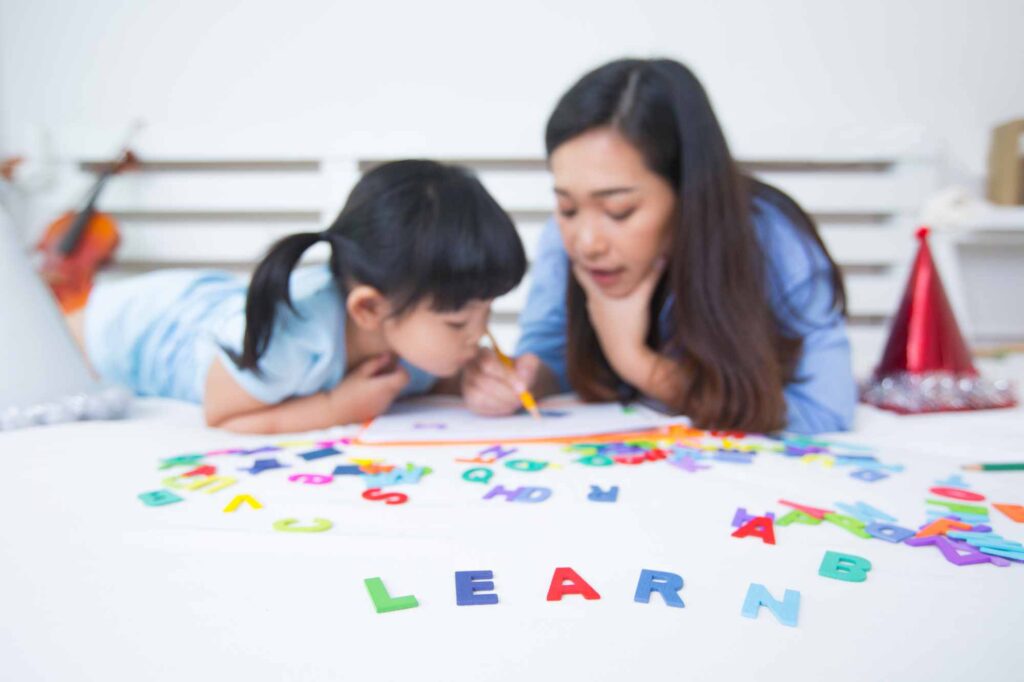
Montessori Learning curriculum encompasses a wide range of subjects, including mathematics, language, science, and cultural studies. Students engage with these topics through hands-on materials and self-directed exploration, developing a deep understanding of concepts.
| Category | Focus | Key Details |
|---|---|---|
| Core Academic Subjects | Fundamental academics through hands-on learning | Mathematics: Concrete materials for abstract concepts Language: Reading, writing, and communication Science: Observation and experimentation Cultural Studies: Geography, history, and diverse cultures |
| Practical Life Skills | Developing life skills for independence and confidence | Fine Motor Skills: Pouring, buttoning, food prep Independence: Self and environmental care Responsibility: Managing materials and plants |
| Sensorial Education | Refining senses to support further learning | Visual Discrimination: Sizes, colors, shapes Tactile Exploration: Textures, temperatures Auditory Skills: Sounds and music |
| Social & Emotional Development | Building social skills and emotional awareness | Collaboration: Group work and peer help Conflict Resolution: Effective communication Empathy: Understanding and compassion |
Why Choose Montessori Education?
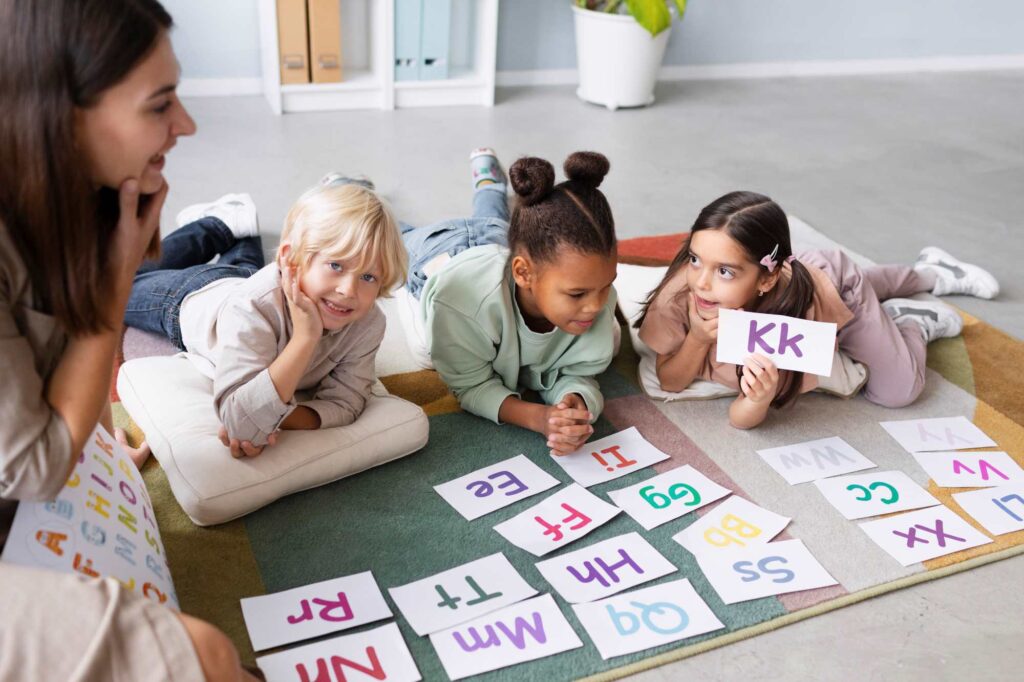
Montessori education fosters independence and self-directed learning. Students develop critical thinking skills and a lifelong love for learning through hands-on experiences and personalized instruction.
The school’s mixed-age classrooms promote peer learning and social development. Older students reinforce their knowledge by teaching younger peers, while younger children benefit from observing and interacting with more experienced classmates.
Montessori classroom’s curriculum integrates practical life skills with academic subjects. This approach ensures students develop a well-rounded skill set, preparing them for future academic and personal challenges.
The Montessori method respects each child’s unique learning pace and interests. This individualized approach allows students to build confidence and develop a strong foundation in core subjects while exploring their passions.
See the Difference for Yourself – Schedule a Personalized Tour Today!
Experience the unique learning environment at Country Day Montessori, where children grow through hands-on learning and independence. Our 4.5-acre campus features barnyard animals, a butterfly greenhouse, and authentic Montessori classrooms for children from infancy to elementary.
With small group instruction and personalized learning plans, we inspire curiosity and a love of learning. Meet our caring teachers and see our classrooms in action at 4194 Jung Rd, San Antonio, TX 78247. Schedule a tour today and discover the Country Day difference!
Frequently Asked Questions
What can parents expect to see in a Montessori classroom environment?
In a Montessori classroom, parents will observe a carefully prepared environment with child-sized furniture, hands-on learning materials, and mixed-age groups. Children work independently or in small groups, engaging in self-directed activities that promote exploration, concentration, and skill development across various subjects.
What teaching techniques do Montessori educators use with their students?
Montessori educators employ hands-on learning, mixed-age classrooms, and child-led activities. They use specialized materials, encourage independence, and foster a prepared environment. Teachers observe students, provide guidance when needed, and promote self-directed learning through individualized lessons and uninterrupted work periods.
What subjects and skills are taught in a Montessori curriculum?
Montessori curricula cover mathematics, language, science, geography, and practical life skills. Students engage in hands-on learning with specialized materials, fostering independence and critical thinking. The approach emphasizes individual progress, multi-age classrooms, and integrated subjects to promote holistic development.
What are the benefits of choosing Montessori education for children?
Montessori education fosters independence, critical thinking, and self-directed learning. It nurtures children's natural curiosity, encourages hands-on exploration, and promotes social skills through mixed-age classrooms. This approach develops a lifelong love of learning and cultivates well-rounded individuals prepared for future challenges.
